-
Brown Sugar in Body Scrubs: A Deeper Dive.

Brown Sugar in Body Scrubs: A Deeper Dive When it comes to making body scrubs, some people like to use sugar for drier skin, and salt for more oily skin… My favorite ingredient to use in body scrubs – for all skin types – is dark brown sugar. I find that it makes a scrub…
-
8 Best Ingredients for Making Skincare at Home
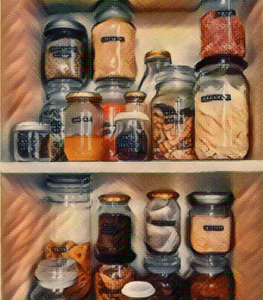
kitchen skincare People have used whole food ingredients to make skincare remedies for as long as we know. The most tried-and-true remedies are made with simple ingredients, like grains, herbs, oils… It just takes getting to know these ingredients, and having a go at making the recipes. From your kitchen pantry, you can make salves…
-
The Common Herb for Skin Series: MINT
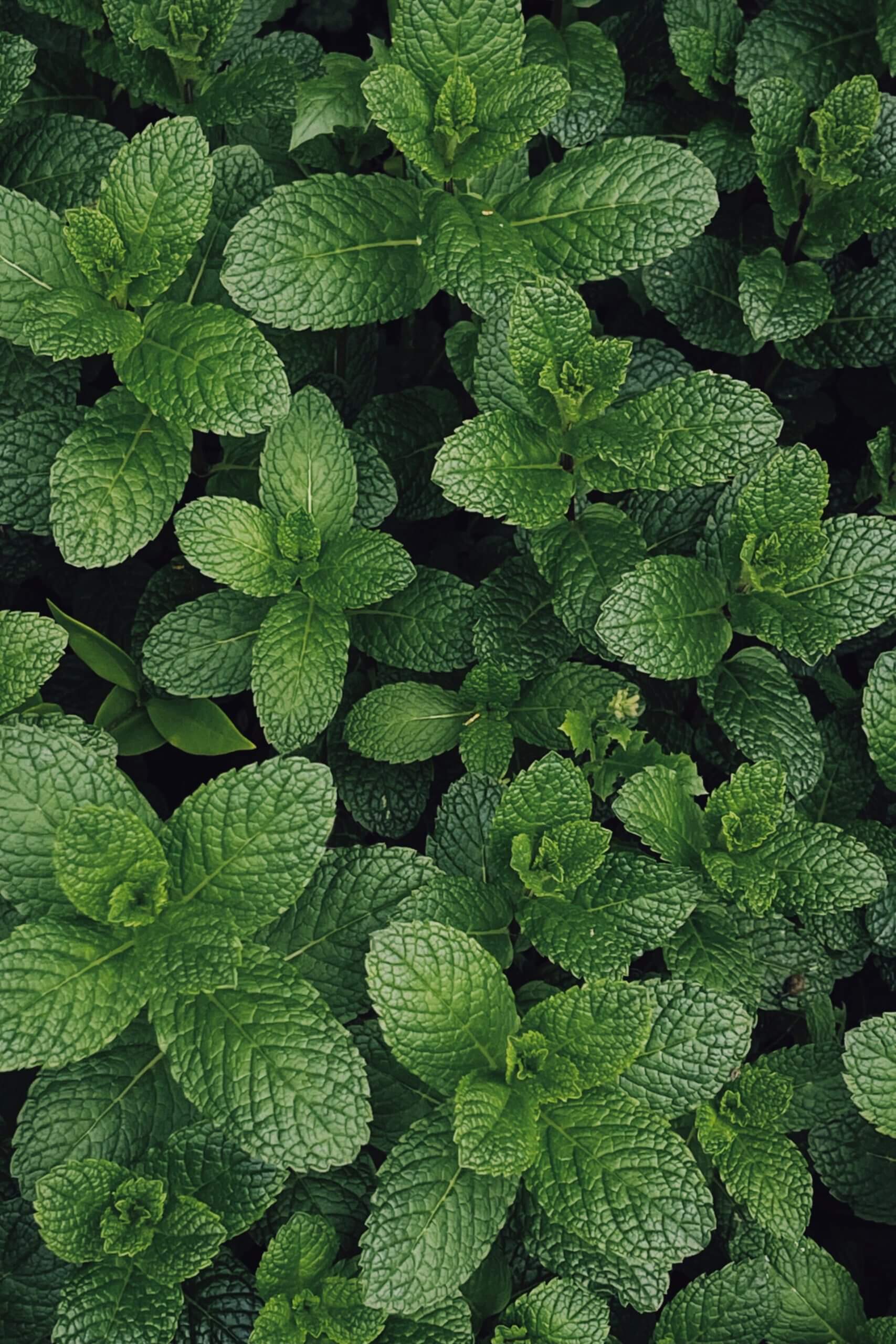
This series celebrates the common herbs, because in a world of novelty – it’s easy to forget the benefits of the humble, accessible supermarket herbs for the skin, body, and mind. And more importantly – the abundance of wellness you have access to. Mint (Mentha x piperita) Herbal Actions: Analgesic, Antispasmodic, Nervine, Antimicrobial The refreshing aroma…
-
How to use Violet flowers & leaves in your skincare

If you’ve been wanted to bring more herbs into your skincare, violets are a great one to try! They’re gentle and nourishing, and bring flow and moisture back to the skin, especially nice after the Winter season. When you plant violets in your garden, they will spread very quickly, a welcomed weed, violets add beauty…
-
How to Prepare Fresh Moringa for Skincare – and why you want to!
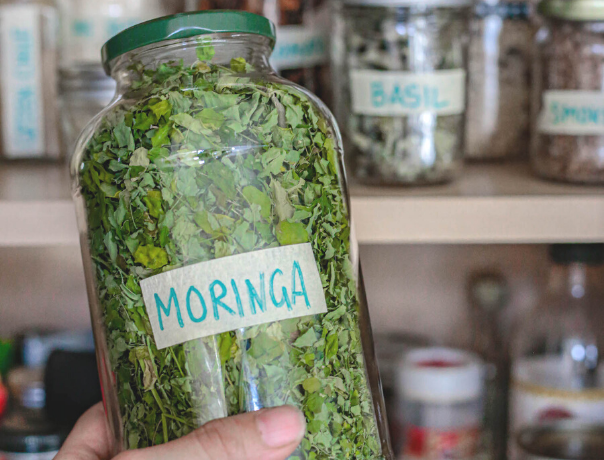
I have never grown a more easy plant than the Moringa! Its called the “healthiest plant” and grows wildly abundant. In one year, it can grow up to 22 feet or 7 meters if you let it! Its a heat-loving plant, and sub-tropical cultures all around the world in South America, Africa and Asia have…
-
Your Winter Apothecary

When you feel the change of season happening outside – it’s a reminder to bring change inside of your home too. We tend to have our daily routines and our habits – but what worked for us in the Summer and Fall may not be what keeps us feeling our best in the Winter. So…
-
Get to know: Elderberry + Chocolate Vanilla Elderberry Syrup
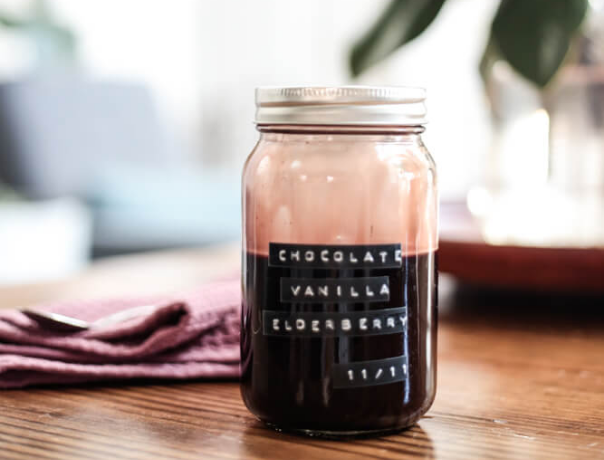
When the world starts singing “it’s sweater weather” – that means it’s time to start making elderberry syrup! This yummy tonic has long been a popular flu remedy, taken daily through the cold and flu season. Every herbalist will have their own way of making elderberry syrup, today I have a recipe for you that…
-
Herb of the Month: SAGE
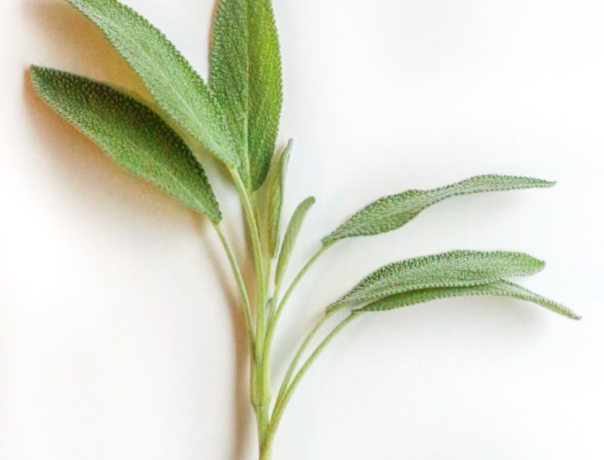
Salvia officinalis The name Salvia comes from the Latin word salvare, which means “to heal” For such a common pantry herb – Sage truly has a RICH history of use of healing, both medicinally and spiritually. The benefits and uses of sage are widespread. In the battlefields, sage was used by military doctors, notably Dioscorides, who…
-
Ingredient Spotlight: Clay, what it is and how to use it
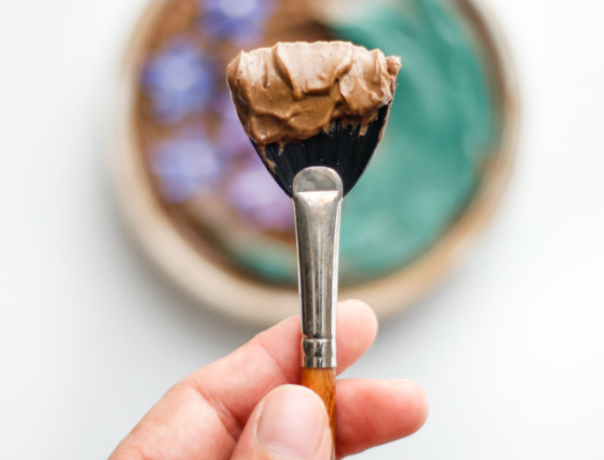
Nothing gives the skin a natural fresh start – like clay does. It is such a special ingredient to get to know and understand how to work with. Clay is stimulating, it’s active and its quick acting. You often see a difference in the tone and the texture of your skin from the first use.…
-
Pantry Ingredient: Freeze Dried Fruit
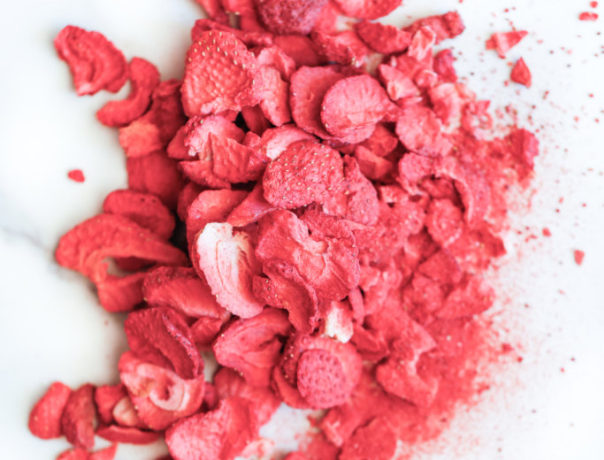
I’m excited to teach you today how to get the benefits of fresh food skincare, with the convenience of freeze-dried ingredients.
